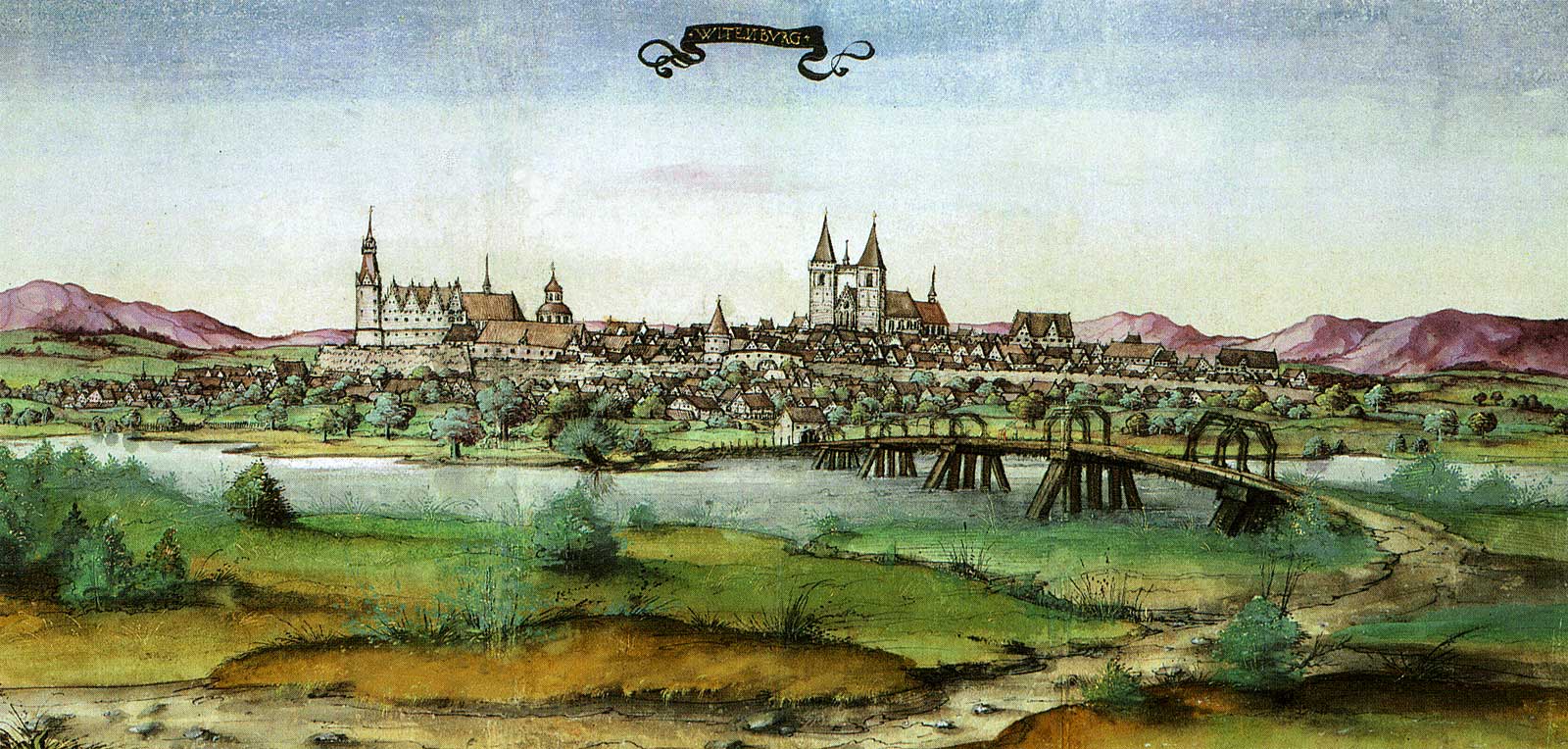I. The Doctrine of Justification: Basic Precepts
II. Clerical Audiences of the
‘Luther
Affair,’ 1517-1522
A. An International Scholarly Community
B. Varieties of Conversion Experience in the First Generation
Image: Erasmus of Rotterdam (1469-1536)
Image: Andreas Bodenstein von Karlstadt (1486-1541)
Image: Huldrych Zwingli (1484-1531)
Image: Martin Bucer (1491-1551)
Image: Philip Melanchthon (1497-1560)
Image: Johannes Brenz (1499-1570)
Image: Johannes Bugenhagen (1485-1558)
Image: Matthäus Zell (1477-1548)
Image: Caspar Hedio (1494-1552)
Map: The Holy Roman Empire, 1618
Map: Electorates and Imperial Cities
Map: Protestant Confessions, ca. 1600
III. Secular Audiences: The Popular Appeal
A. Early Alliances with Civic Authorities
B. A Flood of Reform Publishing
C. Resonance with Popular Religion?
Image: Nuremberg, ca. 1493
Chart: Total
Book and Pamphlet Production, 1502-1530
Chart: Luther in
Print: Printed Editions of Luther's Works, 1516-1546
Chart: Top Protestant
Authors, 1518-1525
Image: Titlepage of Haug Marschalck, Ein
Spiegel der Blinden (1523). The image makes its point by visual
contrast between two readily identifiable groups of figures. In the
foreground, a blinded bishop and doctor of theology, so identified by
their mitre and doctor's cap, respectively, listen to a tonsured and
blindfolded preacher identified as "Scotus," i.e., Duns Scotus, the
great fourteenth-century Scholastic theologian. The futility of his
doctrine is indicated by the mirror he holds up. It is covered so that
neither churchman can recognize himself in it; but they are blindfolded
anyway. To the right, by contrast, a simple peasant exults in a vision
of Christ as lord surrounded by personifications of the gospels. The
message is clear: turn away from human teachings, turn toward the true
word of God in scripture. The mirror is also a wordplay on the late
medieval literary genre of "Mirrors," advice books for conduct in
everyday life. Source: Robert W. Scribner, For the Sake of Simple
Folk: Popular Propaganda for the German Reformation (Oxford:
Clarendon, 1994), 47. |
 |
 The “Luther
Affair”
and Clerical Reformation
The “Luther
Affair”
and Clerical Reformation
